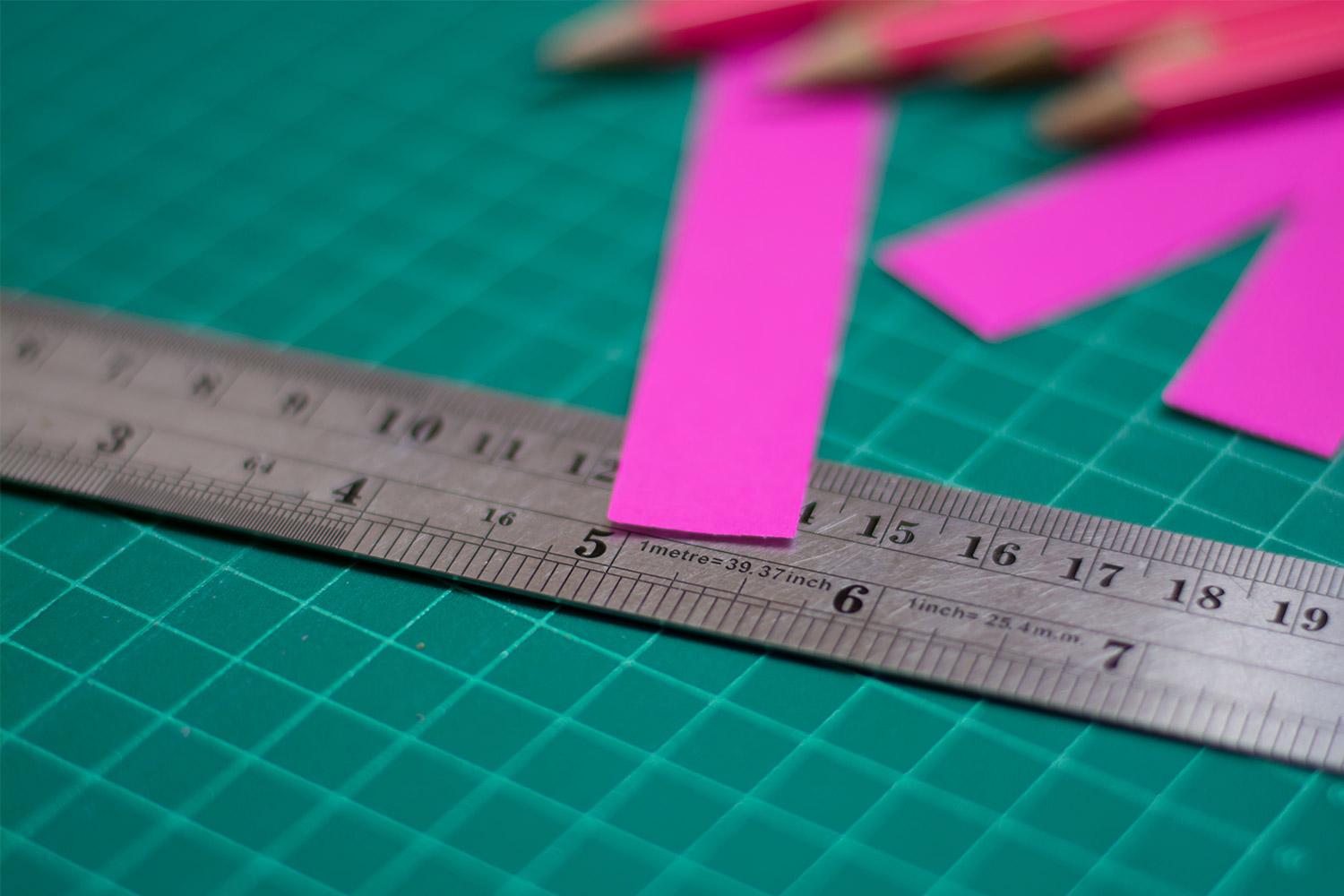
McPherson Magnet's STEM Program
PROJECT LEAD THE WAY - K-5th Launch and 6th-8th Gateway
What is STEM?
Kindergarten
Kindergarten students explore and identify forces as pushes and pulls through books, games, and observations of daily activities. Students identify the effects of different strengths or different directions of pushes and pulls on the motion of objects. In this photo, first students assemble wheels and axles, and then they wind a ribbon that spins characters from a story in different ways.
1st Grade
First graders investigate how sound travels over distances and is heard by humans. Students also discover the relationship between sound and vibration by exploring a variety of ways to generate sound. After investigating how light travels over distances and how humans are able to see objects, students will design a device to help a group that becomes separated from their friends be able to communicate to one another.
Sound and Vibration
Cup Phones
Rubber Bands
2nd Grade
Second grade students explore properties of matter, including flexibility, hardness, strength, and absorbency to a design problem involving the dispersal of seeds across a large area. Along the way they learn about pollination, germination, and seed dispersal.
Pollination
Seed Dispersal
Collaboration
3rd Grade
Third grade students learn about the forces involved in flight: lift, drag, thrust, and weight. They design, build, and test experimental model gliders to find out how air and other forces affect its flight. They apply the steps of the Design Process to solve the problem of how to deliver aid to an area where supplies must be airlifted in and dropped to the ground from an aircraft.
Aero App
Glider Design
Bar Graphs
4th Grade
Fourth graders are introduced to the structure and function of the nervous system and then learn in depth about the brain and spinal cord. They identify major regions of the human brain and make a clay model. Next students investigate how we take in information through our senses and where the information is processed in the brain. Students are gaining knowledge needed in order to produce a video soon to raise awareness about concussions.
Inputs and Outputs
Sense Tests
Memories
5th Grade
Students in 5th grade learn about transmission of disease through a simulation and compare communicable and non-communicable diseases. They also investigate how the body protects us from germs to keep us healthy, and design, run, and analyze data from an experiment related to preventing the spread of germs. Bacteria and viruses are introduced as agents of disease. At the end of the module, students will deduce a likely source of an infection that is spreading through a fictional school.
6th Grade
6th grade students use the Design Process to solve problems and understand the influence of creativity and innovation in their lives. They understand that the ability to create an accurate sketch is an important skill to communicate ideas. The use of a common measurement system is necessary for fabricating designs, and students learn they must be precise and accurate with their measurements.
Ankle Foot Orthosis (AFO)
Prototypes
Measurement Lab
7th Grade
7th grade students explore and learn the concepts of computational thinking through the creation of mobile apps. They also apply skills pertaining to the design process, problem solving, collaboration, and communication. This course conveys the positive impact of computer science to society.
Boolean Logic
Algorithms
Programming
8th Grade
This middle school course is a progression in the study of aeronautics, from history of flight to types of jobs in the industry to designing and building various aeroplanes. Students work toward the culminating activity of digitally designing, tweaking, and fine tuning a glider optimized for flight, then building the glider out of balsa wood to specs for their digital plane.
Tetrahedral Kite
Power Up Paper Airplanes
Digital Gliders
McPherson Magnet School
Email: jerven@orangeusd.org
Website: mcphersonhome.meteormail.net
Location: 333 So. Prospect St., Orange, CA 92869
Phone: 714-997-6384
Twitter: @McPhersonMagnet























